
There was a glimmer of good news for the house sparrow in the results of the RSPB Big Garden Birdwatch for 2024. Despite having declined by nearly 60% since the survey began in 1979, the house sparrow has held top spot as the commonest bird in our gardens for the last twenty years. Sightings of this bird have increased slightly from 2023, so let's hope the fortunes for this familiar garden visitor continue to improve.
Why am I so keen on the house sparrow? Well, it is one of the most charismatic birds found in our gardens. It has a personality above and beyond its diminutive size and shows a whole gamut of behavioural traits to keep us interested and intrigued.
Witness birds take flight and soar the skies of their natural habitat on a special interest bird watching holiday.

The house sparrow likes to nest under cover and has a reputation for nesting in our roof spaces, gaining entrance through holes under the eaves, though they also nest in barns and outhouses.
Its Latin name is Passer Domesticus, literally 'sparrow of the house', and it has a long association with humans. It lives alongside us, taking advantage of the close association, but I think we also have much to gain from our, usually uninvited, guests.
Their nests are often made from a variety of materials but always at the top of the list is grass or straw.
Apart from straw and grass they use wool, hair and even man-made products such as paper, threat and string to create their rather scruffy nests. Occasionally they will use nests left by other birds such as swallows.
In spring time the male house sparrow has a lovely big black bib. This bib is the male’s badge of masculinity; the bigger it is the more likely he is to find a mate. Ironically when sparrows moult in the autumn they lose the bib, it is only when the grey feather tips wear away through the winter that the bib begins to show again.
The sparrows with greater feather abrasion are the ones who develop their attractive plumage earlier in the spring, so those that fight most get more opportunity to mate.
The fact that sparrows mate in the open led to the belief that they had many sexual partners. In fact it has been found that their level of promiscuity is about the same as that of our own! Moreover it seems that only established pairs will mate in the open but birds indulging in illicit couplings will do so in private.
This isn’t the only trait which the house sparrow shares with us. Just as we usually live in close proximity to others of our kind so do house sparrows - they are essentially sociable creatures. Taking the comparison with us one stage further, sparrows even have arguments with their neighbours - but unlike us, their arguments are entertaining.
I have often looked on in amazement as a pair of male house sparrows has started a scrap about something and nothing. Before long the pair, with talons locked, takes to the air in a ball of feathers, and even when they hit the patio they carry on squabbling!

In mid-summer sparrows, like the rest of us, get a little over heated and they often take to the pond or bird bath for a dip. As with other activities they usually partake of bathing in large groups and have a good splash around.
I imagine we have all seen house sparrows bathing in a bird bath in the garden. They seem to do it in large numbers, gregarious in all their habits. With bellies dipped underwater they splash their wings vigorously to shower themselves and dip their heads under to allow water to run down their backs.
Clearly bathing is intended to wash dirt from their feathers; there can be no argument about that as we do pretty much the same ourselves. After a bath we usually towel ourselves down and then some of us apply moisturiser to keep our skin in good condition. Well, house sparrows don’t have the benefit of a towel, but they do shake themselves off and have a good preen after bathing. Their preening also includes spreading preen oil over their feathers, which keeps their plumage waterproof and supple.
Sunny weather brings on another aspect of feather maintenance. If it is very hot you might see house sparrows lining up on the ground leaning over to reveal a wing or the side of their body to the sun. This is common in blackbirds, too. They are sun-bathing. We do a lot of that too. In small concentrations sun is good for the skin, but for birds the heat of the sun also has the effect of stimulating the production of oil from the preen gland at the base of the tail.
After sun-bathing house sparrows, and blackbirds, will hide away and preen, again running the preen oil through their feathers.
But there is one more type of bathing that birds, most obviously house sparrows, do and that is dustbathing. This seems like a strange strategy but it clearly must have benefits.
When it is very hot and dry house sparrows will take to our dusty seed beds to flutter in the baked earth. They create clouds of dust from their miniature sparrow-sized bowls in the ground, covering themselves in dust particles. But why?
Well ornithologists have long argued that this behaviour helps birds rid themselves of parasites. There is probably some truth in this because even sunbathing will encourage parasites to the surface where they can be picked off. The process of dustbathing is always accompanied by preening so it is likely that the whole process also helps the bird rid itself of particles of skin and dirt resulting in a healthier plumage and better appearance.

A covering of dusty soil might seem alien to us but think for a moment and it is not dissimilar to our habit of covering ourselves in talcum powder. I don’t do that much myself but I believe that as well as adding a pleasing scent, the effect of talcum powder is to dry the skin. Talcum powder can even be applied to hair, as a ‘dry shampoo’, to remove greasiness.
In hot weather house sparrows are probably producing quite a lot of preen oil, maybe too much and it is now thought that dustbathing is a strategy for removing some of this oiliness from the feathers. Experiments have been undertaken on birds to try to assess the impact of dustbathing. Quails that were deprived of the opportunity to bathe in dust developed very oily plumage. Too much oil makes flying more difficult so this would seem to endorse the dry shampoo theory.
House sparrows are a convenient example of a dust-bathing bird but there are many others. Within the UK most of our dust-bathers are regarded as farmland species such as the skylark, quail, pheasant and partridge. In hotter climes many more birds partake in dusting, maybe because of the lack of water.
It isn’t just birds that bathe in dust; many familiar mammals do likewise, with horses, pigs, elephants the three that immediately spring to mind.
Sparrows have benefited from our generous nature. Where we put out food for birds they will readily accept our kind invitation, though they don’t always wait for an invite. Grain that we put out for our chickens is a useful supplement to a sparrow’s diet and many is the time that I have sat outside a tea room and had sparrows popping down to pinch a bit of cake.
The house sparrow can in places become quite numerous and very tame, but its ability to be cheeky rather than rude and mischievous rather than wicked is a strategy that has brought the house sparrow closer to our hearts.

Despite their popularity in the Big Garden Birdwatch, house sparrows have suffered a serious decline throughout Britain. Over the last thirty years their number has reduced dramatically, with estimates of decline varying between 50% and 72%. All the estimates agree that this decline is more marked in urban areas.
One key reason for this reduction in numbers must be a lack of suitable nest sites; modern houses do not have the same nooks and crannies under the eaves as older ones. Also the trend to have gardens paved over for car-parking has had an impact.
If you don’t have house sparrows living with you but you would like to encourage them, there are some things I would recommend:
1. Put up some nest boxes under the eaves of your house. These boxes should have a hole with diameter of about one and a half inches but critically there must be at least two or three of them because sparrows are naturally gregarious and nest in colonies. I did this in our house ten years ago and we quickly went from no pairs to about five and our garden is a more vibrant place as a result.
2. Put up some seed feeders close to the house.
3. Plant some dense shrubs around the garden.
4. Provide a bird bath and a patch of bare, dusty ground exposed to the sun in the middle of the day to give you an intimate insight into an unusual piece of animal behaviour.
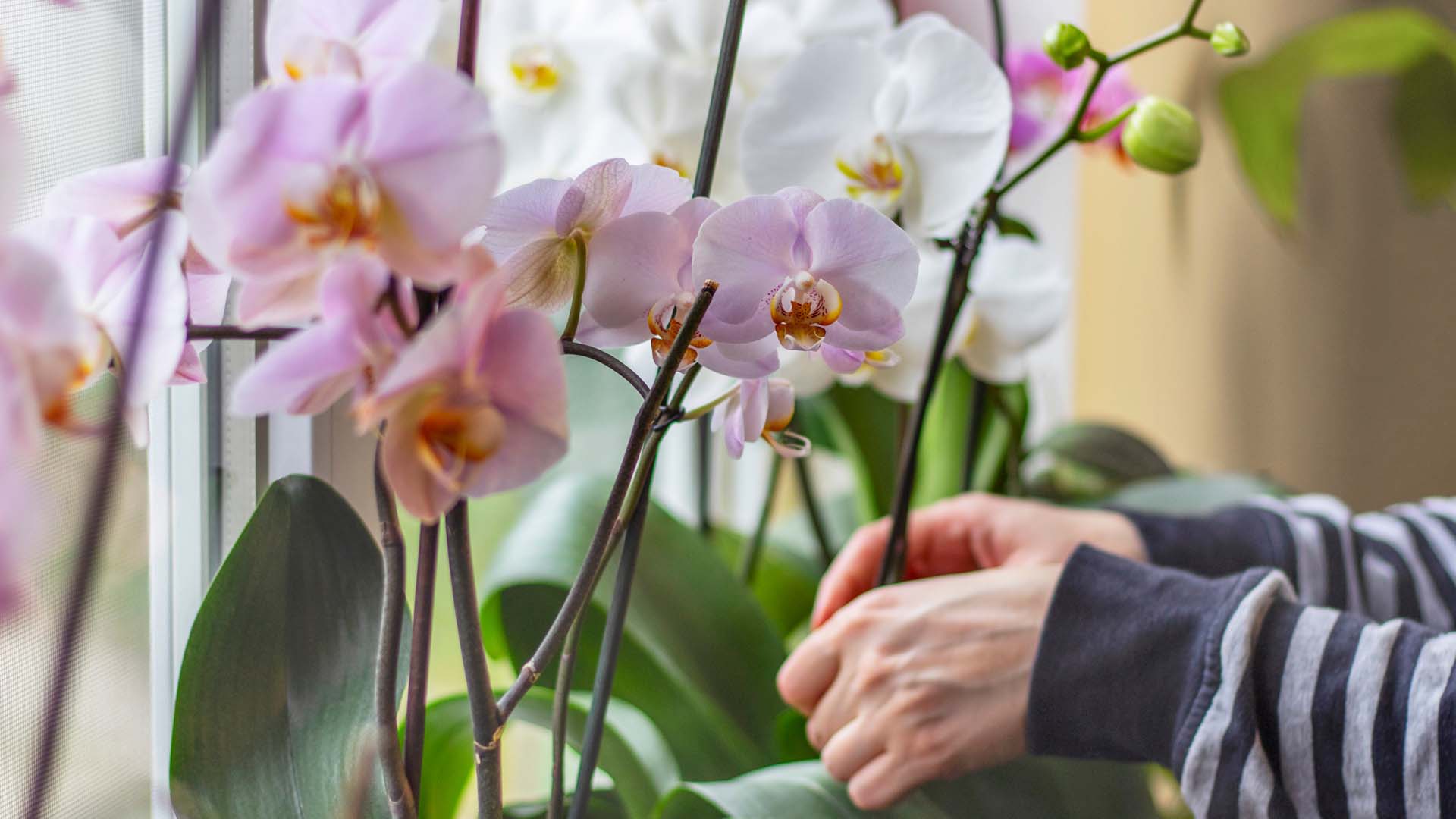
Our expert pruning and watering hacks include a top tip to keep them flowering from Alan Titchmarsh.
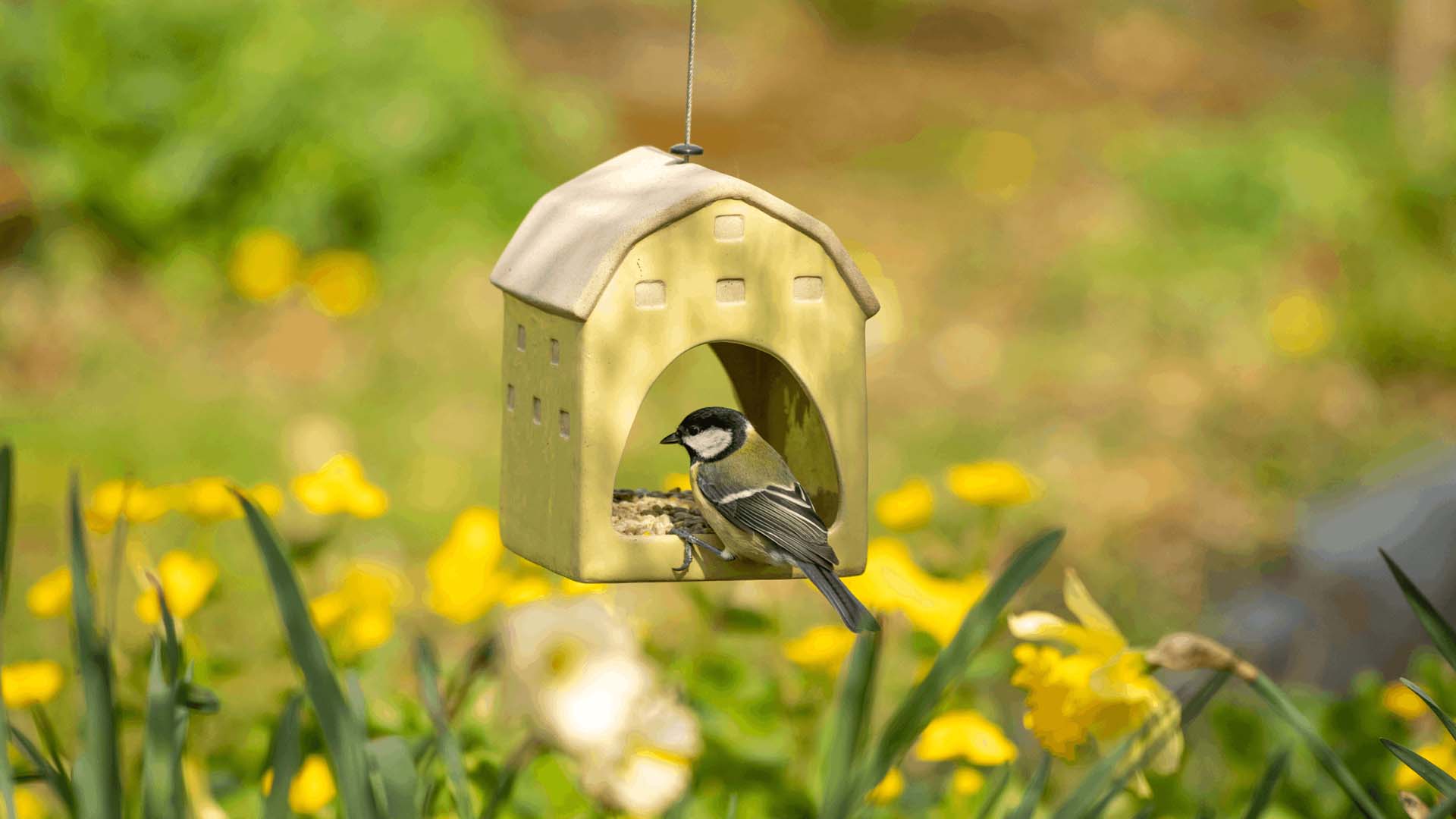
Don’t make these bird-feeding mistakes. Expert advice on how to feed birds in your garden safely.
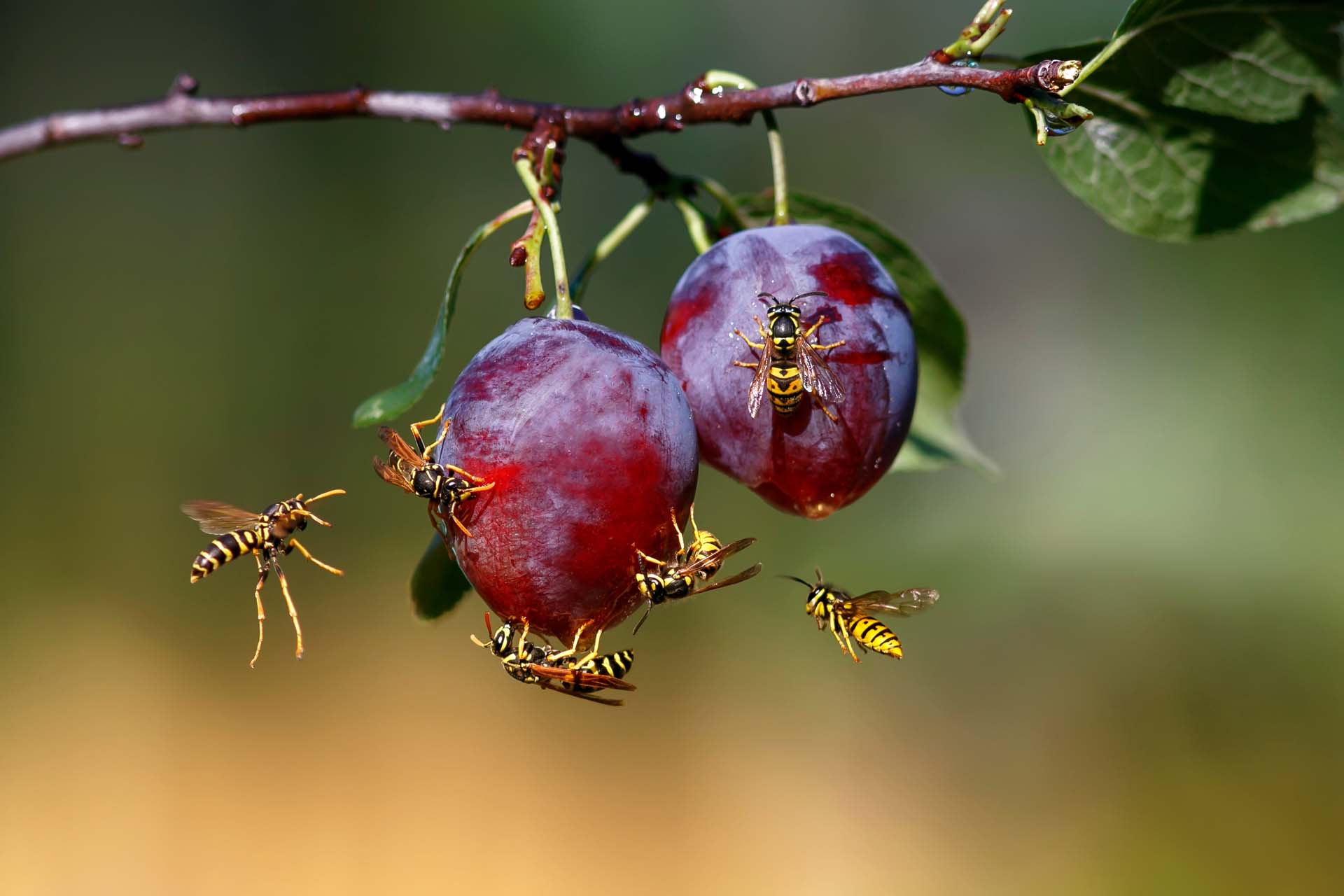
Blighted by buzzing? How to keep wasps out of your garden without harming them so you can enjoy the summer.
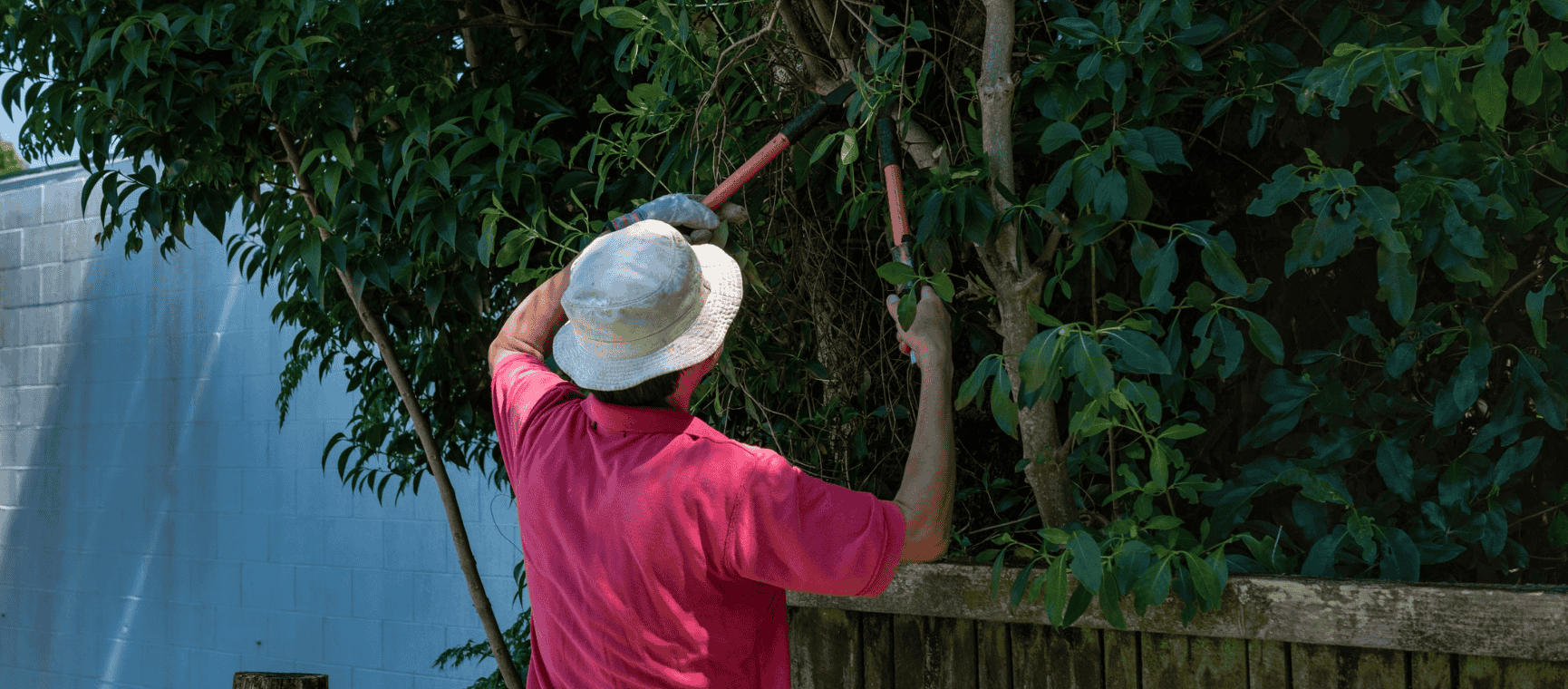
The ways you could be breaking the law in your back garden - with expert advice on how to avoid neighbour disputes, a fine or even a prosecution.
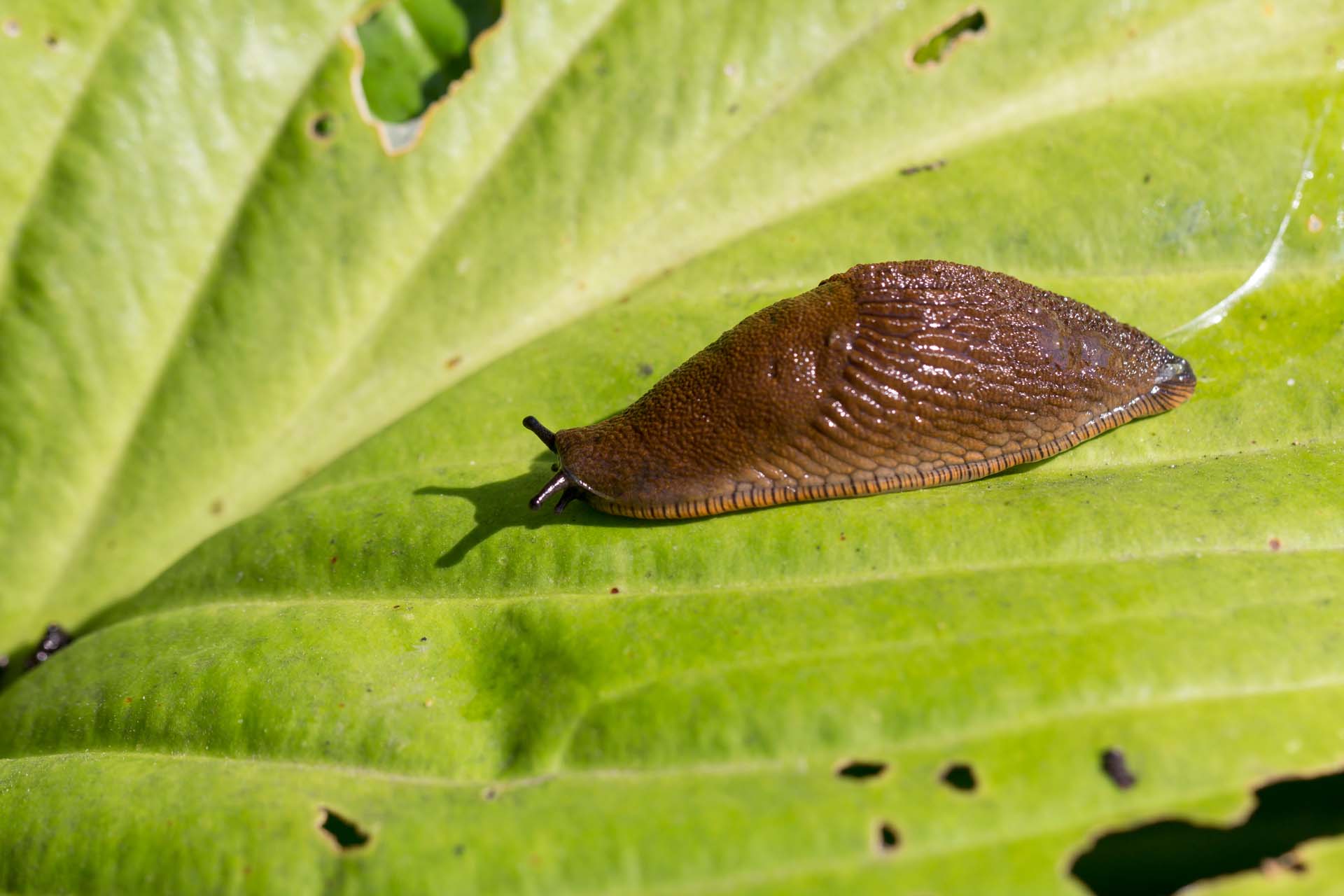
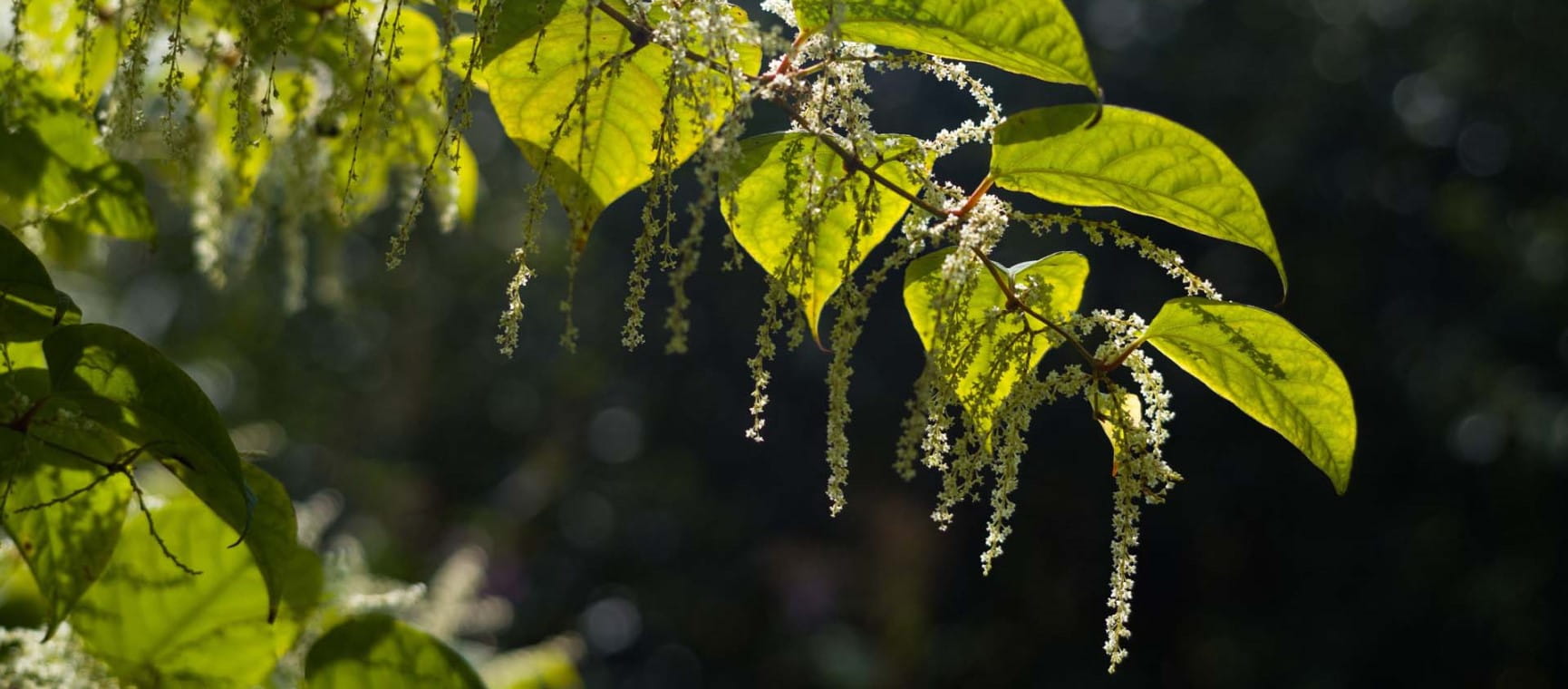
Everything you need to know about Japanese knotweed, the fast-growing plant nobody wants in their garden.